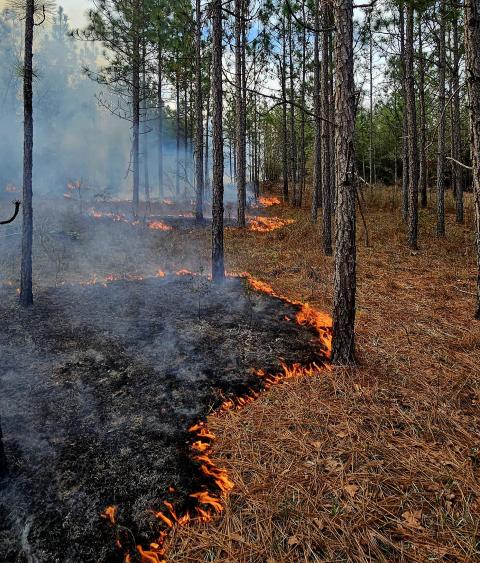Conservation Brief
Wintering Monarch Survey Shows Large Decline in Numbers
The number of eastern monarch butterflies wintering in Mexico dropped from 2.2 hectares in the 2022-2023 season to 0.9 hectares in the 2023-2024 season, making this past winter the second-worst year ever recorded.
Biologists pin the blame for the nosedive on higher-than-usual temperatures and drought conditions where the butterfly reproduces. The adverse weather translates into less milkweed, the plant used most by the butterflies to lay their eggs and what their caterpillar offspring feed on. Last year’s drought along key parts of the migration route, such as Oklahoma and Texas, meant the insects on their way south in late summer and fall likely struggled to find enough flower nectar to complete the journey and survive the winter in the mountains of Mexico, according to Monarch Watch.
Monarch butterfly populations fluctuate year to year, and as recently as 2021 the same survey showed a 35% uptick to cover around 2.9 ha.
In related news, the western monarch butterfly 2023 Thanksgiving survey indicates 233,394 butterflies were counted across 256 sites for the 27th annual Western Monarch Thanksgiving Count. This is a 30% decline from the previously reported 335,479 monarchs in 2022. A historic low number of less than 2,000 western monarchs overwintering in California were found in 2020.
Monarchs are currently on the candidate list waiting for Endangered Species Act protection. In Canada monarchs are slated for listing as endangered under the Species At Risk Act. In Mexico they are considered a species of special concern.



